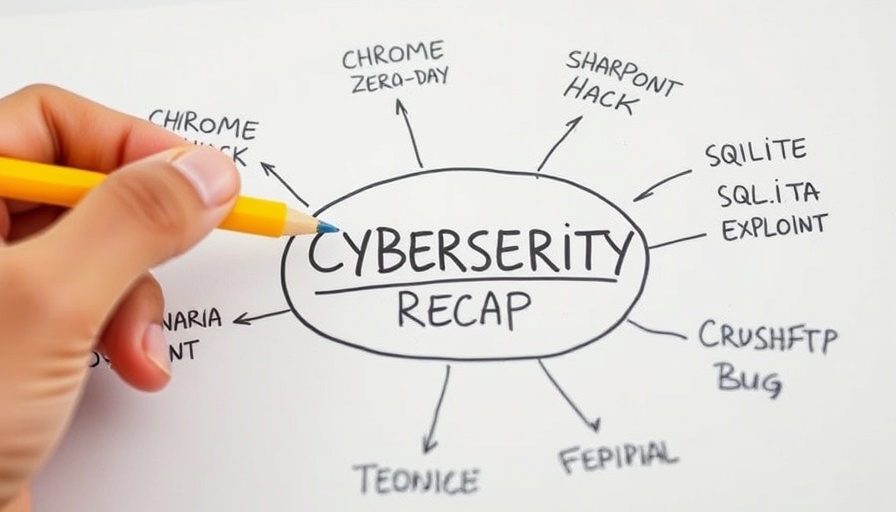
The Rising Threat of Cyber Exploits: Understanding the Essentials
The recent surge of cyber exploits highlights a disconcerting trend: even the most fortified systems are vulnerable. Cybercriminals are increasingly bypassing flashy exploits to gain access through silent and subtle techniques that leverage existing weaknesses. This reality compels organizations to reassess their security protocols and consider robust solutions to maintain control over their digital environments.
SharePoint Vulnerabilities Leave Organizations Exposed
This week's spotlight falls on two significant zero-day vulnerabilities found in SharePoint Server, identified as CVE-2025-53770 and CVE-2025-53771. Microsoft has recently released patches addressing these issues after they were linked to mass exploitation activities. The vulnerabilities form part of an exploited chain dubbed ToolShell, designed to allow remote code execution on on-premises SharePoint servers. Given that this breach has targeted numerous organizations globally, the urgency for swift implementation of the patch cannot be overstated.
Automation: A Double-Edged Sword in Cybersecurity
Automation, while beneficial in many respects, has emerged as a double-edged sword in cybersecurity. Attackers are now utilizing automated techniques to craft exploits that appear legitimate, making it increasingly challenging for security measures to differentiate between normal activity and malicious behavior. Organizations must enhance their monitoring systems to identify these inconspicuous threats, safeguarding against attacks that slip through the cracks.
Proactive Defense: Enhancing Security Postures
In a landscape riddled with sophisticated threats, adopting proactive defense mechanisms is essential. Employing strategies such as regular security audits, prioritizing software updates, and educating employees about cyber hygiene can significantly mitigate potential risks. Organizations are encouraged to foster a culture of security awareness, equipping their teams for a better response to the evolving threat landscape.
Decisions You Can Make to Mitigate Risks
The article’s insights underline the pressing need for organizational vigilance in the security realm. By embracing strategic measures and understanding the intricacies of emerging vulnerabilities, companies can not only shield their data but also build resilience against future threats. Encouraging a security-first mindset across all levels could mean the difference between preservation and breach.



Write A Comment